Struggling to find your next big client? You’re not alone. In B2B, growth depends on a steady flow of potential customers — and that’s where lead generation comes in. This guide will simplify what B2B lead generation means, why it’s essential, and how to use proven strategies to attract, engage, and convert your ideal audience.
- What is B2B Lead Generation?
- Why is B2B Lead Generation Important?
- How Does B2B Lead Generation Work? The B2B Sales Funnel
- Top B2B Lead Generation Strategies
- Common Challenges in B2B Lead Generation (and How to Overcome Them)
- Best Tools for B2B Lead Generation
- Your B2B Lead Generation Journey Starts Now
What is B2B Lead Generation?
Let’s start with a simple definition.
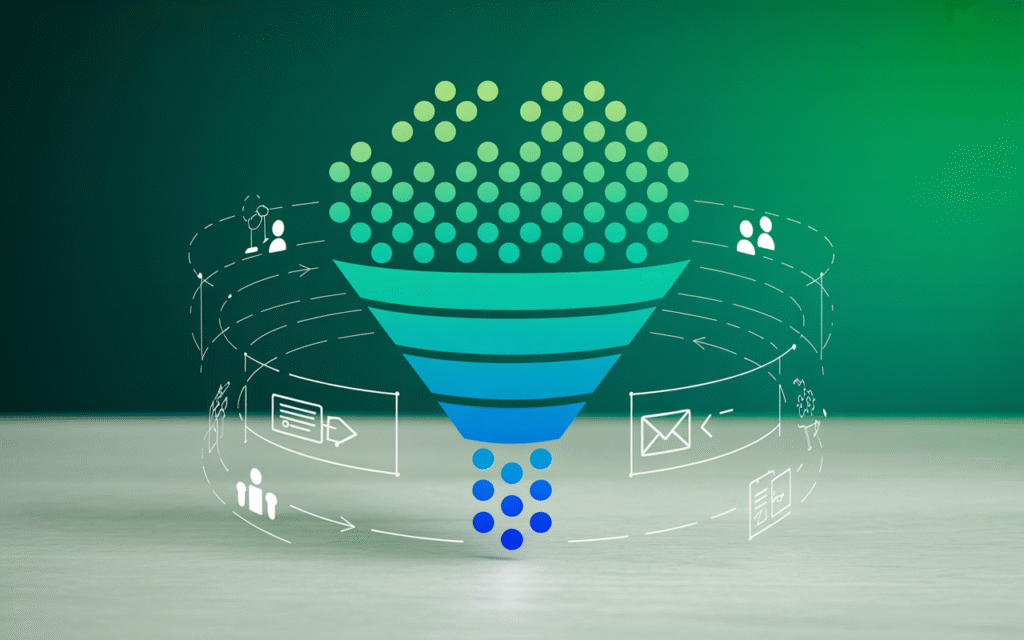
B2B lead generation is the process of identifying and attracting potential customers (leads) for your products or services, where your client is another business. Unlike B2C (business-to-consumer), which often targets individuals for immediate purchases, B2B marketing focuses on longer sales cycles, multiple decision-makers, and higher-value transactions.
A “lead” is simply a person or company that has shown interest in what you offer. This interest is typically demonstrated by them sharing their contact information (like an email address) in exchange for something valuable from you, such as an ebook, a webinar, or a free trial.
In essence, B2B lead generation is about starting a conversation with the right people at the right companies, nurturing that relationship, and ultimately guiding them toward a purchase decision.
Why is B2B Lead Generation Important?
Without a system for B2B lead generation, your sales team has no one to call. It’s the critical first step in building a sustainable pipeline and driving revenue. Here’s why it’s so important:
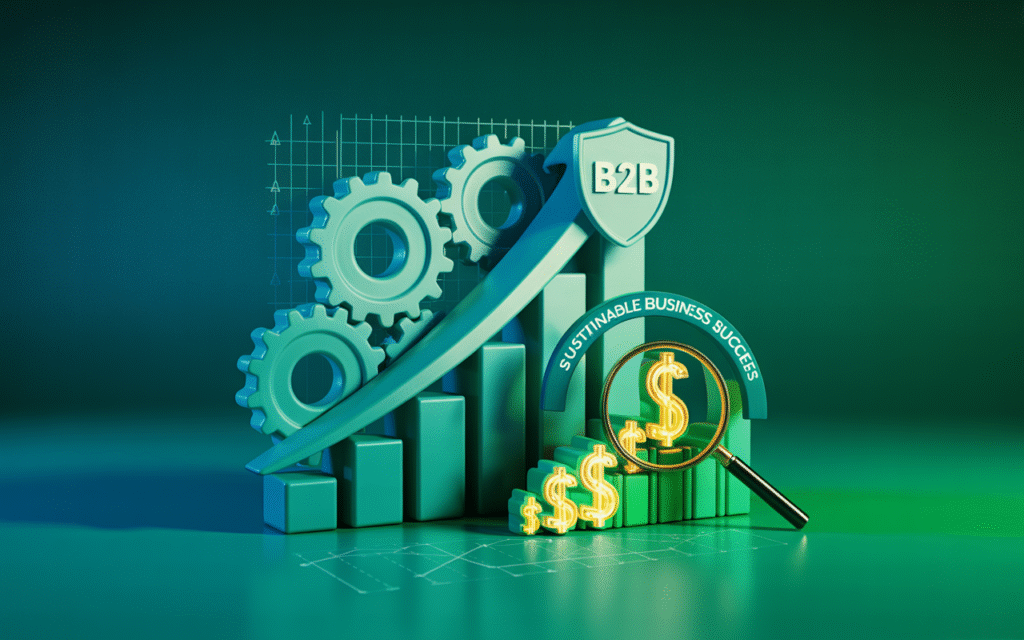
- Drives Sustainable Growth: A consistent flow of leads ensures your business doesn’t rely on chance or a handful of large clients. It creates predictability.
- Builds Brand Authority: Effective lead generation strategies often involve educating your audience. By providing solutions to their problems, you position your company as a trusted expert.
- Improves Sales Efficiency: Not all leads are ready to buy. Lead generation helps qualify prospects, so your sales team spends time on opportunities with the highest chance of closing.
- Provides Measurable ROI: Unlike broad brand awareness campaigns, lead generation efforts are highly measurable. You can track exactly which strategies are delivering the best return on investment.
According to various marketing reports, over 60% of marketers say generating traffic and leads is their biggest challenge. This highlights both its difficulty and its supreme importance.
How Does B2B Lead Generation Work? The B2B Sales Funnel
B2B lead generation isn’t a single action; it’s a multi-stage process that aligns with the B2B sales funnel. Think of the funnel as a journey your potential customer takes from being unaware of their problem to becoming a loyal client.
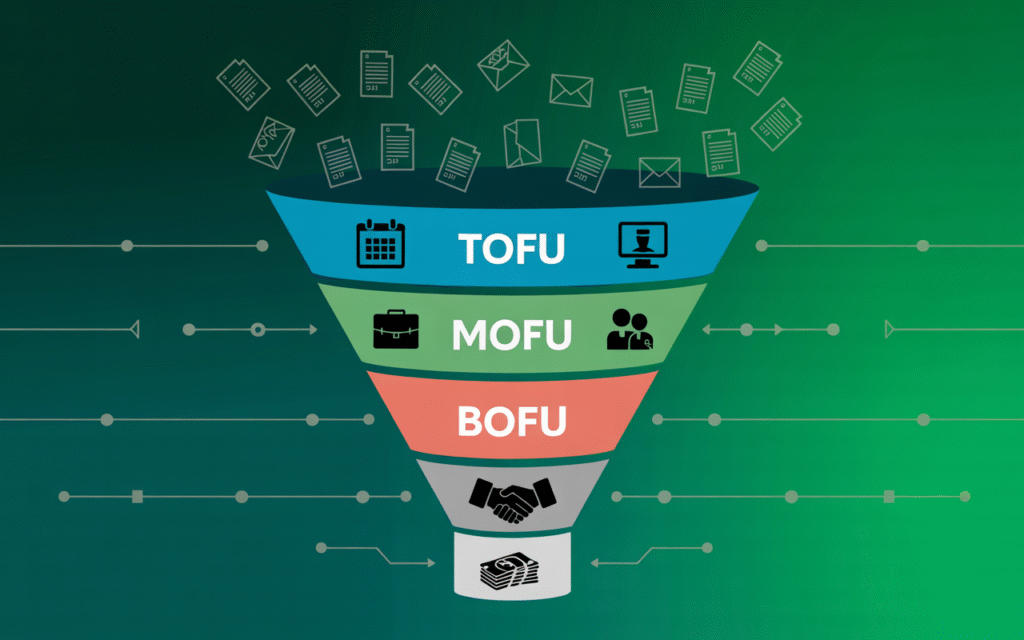
- Top of Funnel (TOFU): Awareness
- Goal: Attract a broad audience experiencing a problem you can solve.
- Tactics: Blog posts, SEO, social media content, infographics. The aim is to educate, not to sell.
- Lead Type: A visitor downloads a top-level guide (e.g., “5 Signs Your CRM is Failing You”).
- Middle of Funnel (MOFU): Consideration
- Goal: Nurture leads who are aware of their problem and are evaluating solutions.
- Tactics: Webinars, case studies, whitepapers, email newsletters. You provide deeper insights to showcase your expertise.
- Lead Type: A lead signs up for a webinar on “How to Choose the Best CRM Software.”
- Bottom of Funnel (BOFU): Decision
- Goal: Convert nurtured leads into paying customers.
- Tactics: Free trials, demos, consultations, price quotes. This is where the sales team takes over.
- Lead Type: A marketing-qualified lead (MQL) requests a personalized demo, becoming a sales-qualified lead (SQL).
Top B2B Lead Generation Strategies
Now for the actionable part. Here are the most effective lead generation strategies to fill your funnel.
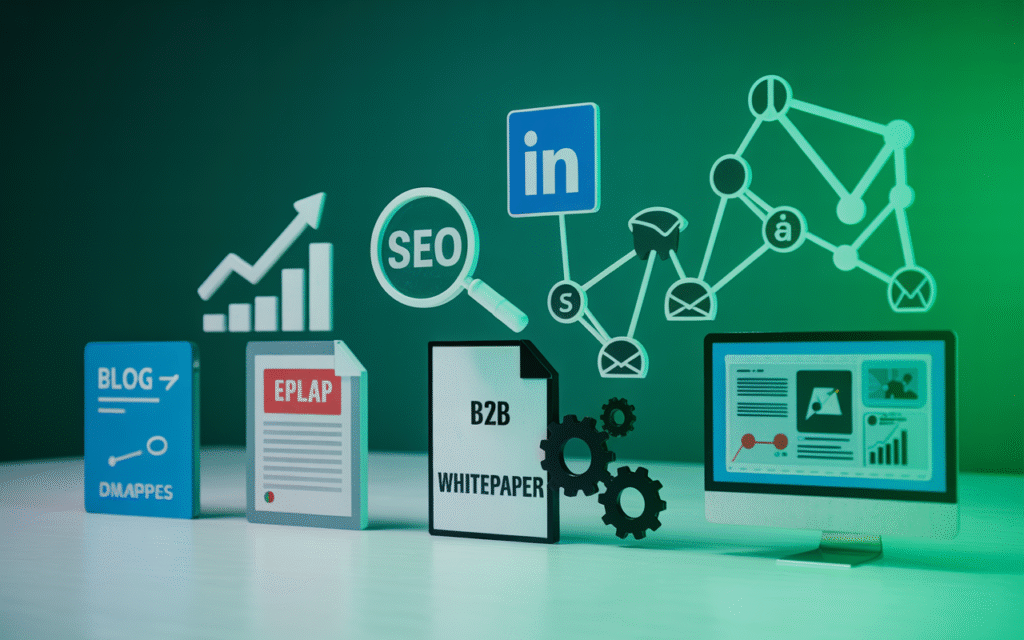
Content Marketing
Content is the foundation of modern B2B marketing. By creating valuable, relevant content, you attract prospects who are searching for answers.
- Examples: Blog articles, whitepapers, ebooks, industry reports.
- Pro Tip: Create “gated content” (content behind a form) for middle-of-funnel topics. Offer a comprehensive whitebook in exchange for an email address.
SEO & Website Optimization
If your website isn’t found, your content won’t matter. Search Engine Optimization (SEO) ensures that when someone searches for a solution you offer, your site appears.
- Examples: Keyword research, optimizing landing pages, creating content around search intent.
- Pro Tip: Every piece of content should have a clear call-to-action (CTA), like “Download Our Guide” or “Schedule a Demo,” that leads to a dedicated landing page.
LinkedIn & Social Media
For B2B, LinkedIn is the undisputed king. It’s where professionals and decision-makers spend their time online.
- Examples: Sharing thought leadership articles, engaging in industry groups, using LinkedIn Sales Navigator for targeted outreach.
- Pro Tip: Don’t just broadcast. Engage with content from your target accounts and start genuine conversations.
Email Marketing & Cold Outreach
Email remains one of the highest-ROI channels. This includes both nurturing existing leads (warm email) and targeted cold outreach.
- Examples: Drip campaigns for new subscribers, personalized cold emails to ideal customer profiles.
- Pro Tip: Personalization is key. Reference a prospect’s recent company achievement or a shared connection to increase open rates dramatically.
Paid Ads (Google & LinkedIn)
Paid ads can give your B2B lead generation efforts an immediate boost by placing your offer in front of a highly targeted audience.
- Examples: Google Ads for high-intent keywords (e.g., “best project management software”), LinkedIn Sponsored Content targeting specific job titles at companies of a certain size.
- Pro Tip: Send paid traffic to a specific landing page, not your homepage. The message on the ad and the landing page must match perfectly.
Common Challenges in B2B Lead Generation and How to Overcome Them
Even with the best strategies, challenges arise. Here’s how to tackle common hurdles.
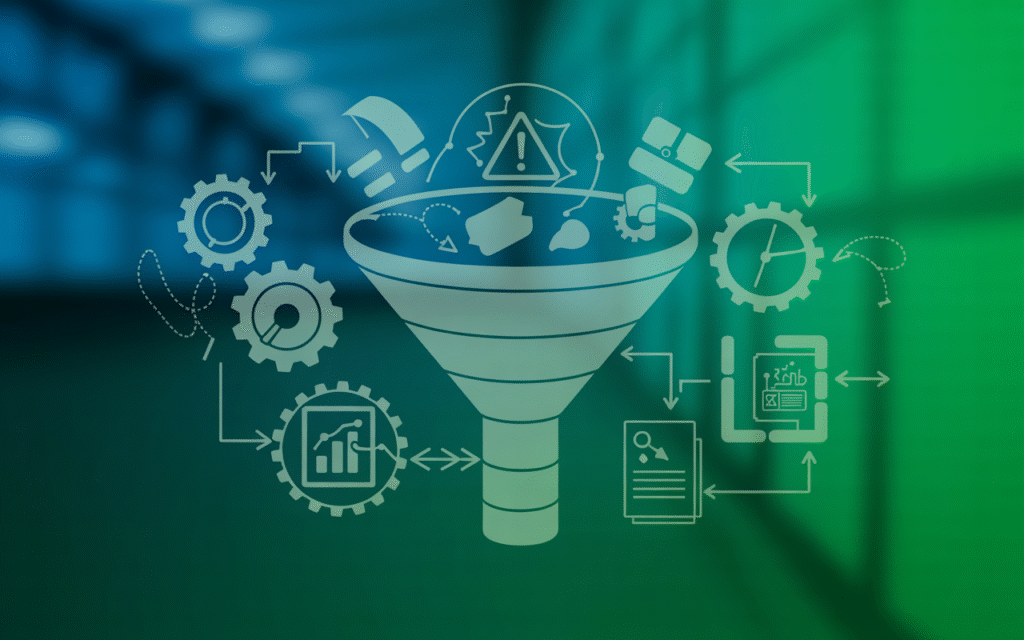
- Challenge 1: Generating High-Quality Leads, Not Just Quantity.
- Solution: Tightly define your Ideal Customer Profile (ICP). Create content that speaks directly to their specific pain points, which will naturally attract better-fit B2B leads.
- Challenge 2: Creating Enough Engaging Content.
- Solution: Repurpose one piece of pillar content (like a report) into multiple formats: a blog post summary, a webinar, an infographic, and several social media posts.
- Challenge 3: Aligning Marketing and Sales Teams.
- Solution: Establish a Service Level Agreement (SLA) between departments. Clearly define what a “qualified lead” is and create a smooth process for handing leads from marketing to sales.
- Challenge 4: Measuring ROI and Effectiveness.
- Solution: Use a CRM and marketing analytics tools. Track metrics like cost per lead, lead-to-customer conversion rate, and customer lifetime value (LTV).
Best Tools for B2B Lead Generation
The right technology stack can supercharge your efforts. Here are some essential tools:
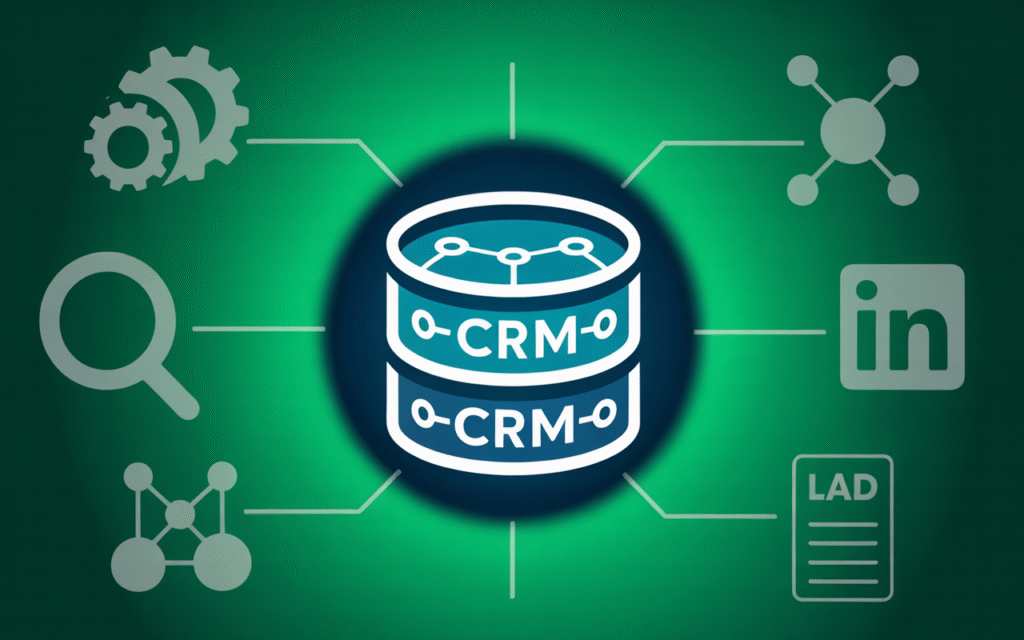
- CRM (Customer Relationship Management): HubSpot CRM, Salesforce. The central database for all your leads and customer interactions.
- Marketing Automation: Mailchimp, ActiveCampaign. For automating email sequences and nurturing leads.
- SEO & Content: Ahrefs, SEMrush. For keyword research and tracking your search rankings.
- Social Selling: LinkedIn Sales Navigator. For finding and connecting with target accounts.
- Lead Capture: Leadpages, Unbounce. For building high-converting landing pages and forms.
Your B2B Lead Generation Journey Starts Now
B2B lead generation is the lifeblood of your business growth. It’s a strategic process that involves understanding your customer’s journey, creating valuable content, and using the right channels to connect with them. It’s not about a single trick, but about building a reliable system.
Remember, success in B2B lead generation comes from consistency, testing, and a relentless focus on providing value to your audience. Start by implementing one or two strategies from this guide, measure your results, and continuously optimize. The journey to a full sales funnel begins with a single step.
If you need expert B2B lead generation services, get in touch with us today!
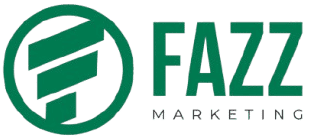
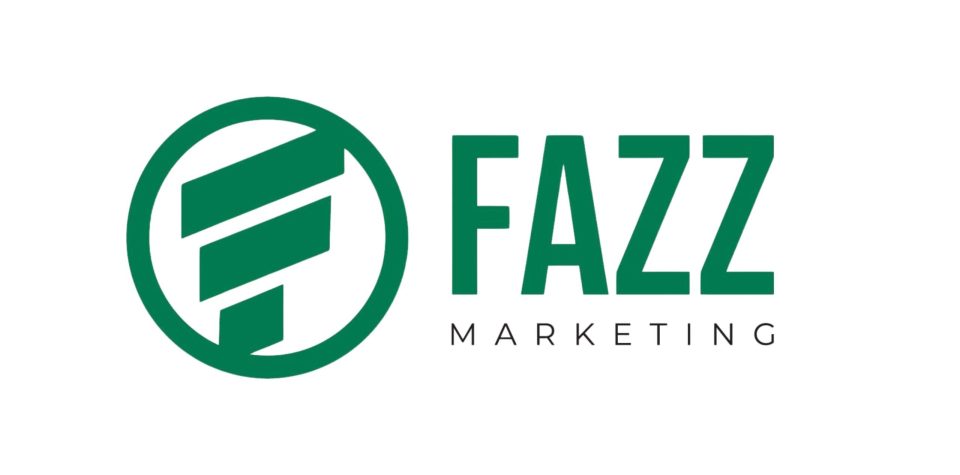
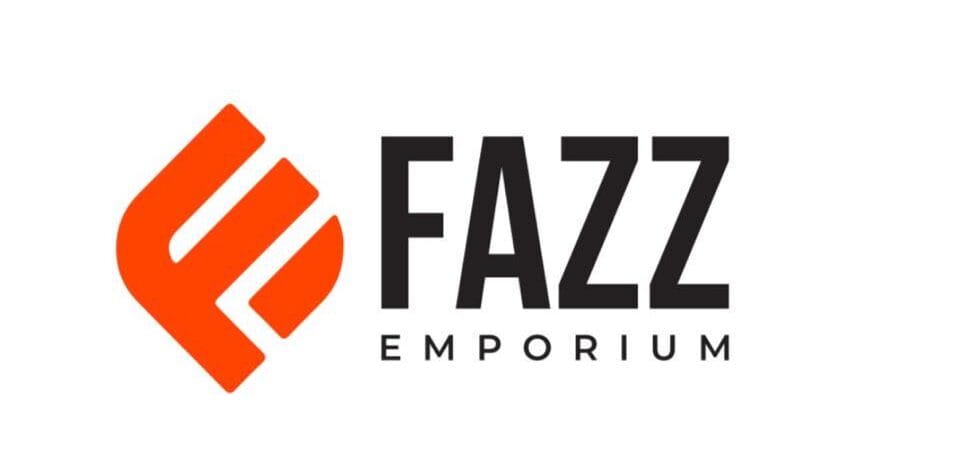
Pingback: The Ultimate Guide: How Lead Generation Can Boost Your Business Sales in 2025 – Fazz Marketing